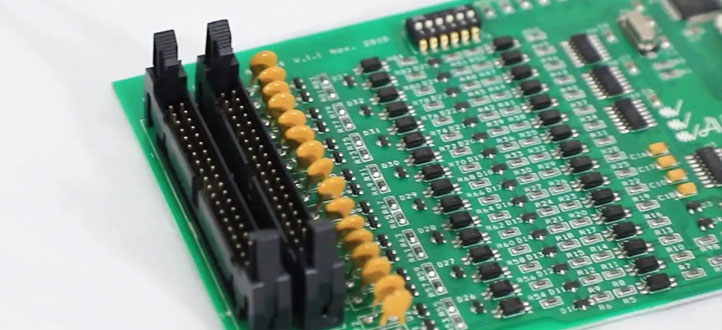The difference between SMT and THT?

In the process of PCB assembly, Surface Mount Technology (SMT) and Through-Hole Technology (THT) are two common electronic component installation techniques that have distinct characteristics and applications in the manufacturing and assembly of circuit boards. The choice of these technologies directly affects the design, performance, and production process of the PCB. Below, we will explore the differences between SMT and THT and their respective applications in PCB assembly.
SMT (Surface Mount Technology):
SMT is an advanced electronic component installation technique that involves mounting components directly onto the surface of the circuit board without the need for penetrating the board. Its main features include:
1. Compact Size: SMT components are generally smaller in size, allowing for more components to be placed in tighter spaces, thus increasing the density and performance of the circuit board.
2. High Density: Since SMT components are directly mounted on the surface, higher component density can be achieved, providing greater flexibility in circuit board design.
3. Automated Production: SMT technology enables large-scale production through automated equipment, enhancing production efficiency and consistency.
4. Cost-Effective: Due to automated production and high integration, SMT often offers cost advantages.
5. Applicability: SMT is suitable for small, lightweight, portable devices, as well as circuit boards that require high density and performance.
THT (Through-Hole Technology):
THT is a traditional electronic component installation technique that involves inserting component pins through the circuit board and soldering them on the opposite side. Its main features include:
1. Stability: As pins are inserted through holes and soldered on the opposite side of the circuit board, THT components typically exhibit good stability and mechanical strength.
2. High-Temperature Endurance: THT components' soldering connections are relatively larger, making them better suited for withstanding high-temperature soldering processes.
3. Ease of Repair: The pins of THT components pass through the circuit board, making it relatively easy to replace and repair components.
4. Variety of Sizes: THT components are generally larger in size, making them suitable for applications that require larger dimensions and strength.
5. Applicability: THT is suitable for applications that demand additional stability, high-temperature endurance, or frequent maintenance.
SMT and THT are two distinct electronic component installation technologies, each with its advantages in different application scenarios. SMT is suitable for small, high-density, and high-performance circuit boards, while THT is appropriate for applications that require stability, high-temperature endurance, or frequent maintenance. When designing and manufacturing circuit boards, choosing the appropriate component installation technology based on project requirements and demands can effectively meet design objectives.

